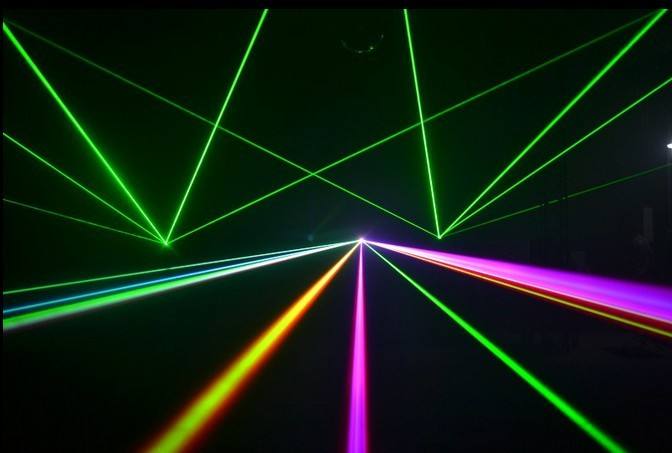
A laser is a focused beam of light that concentrates a lot of energy on a small area.When this happens, the material in front of the laser burns, melts or vaporizes, creating a hole.Add a few CNC's and you get a machine that can cut or carve very complex parts made of wood, plastic, rubber, metal, foam or other materials.
Each material has its limitations and advantages when laser cutting.
Not every material is suitable for laser cutting.Because materials have to cut a certain amount of energy.For example, cutting paper requires much less energy than 20 mm thick steel plates.The 40-watt laser cuts through paper, cardboard, foam and thin plastics, while the 300-watt laser cuts through thin steel and thicker plastics.If cutting through 2 mm or thicker steel plates, a minimum of 500W is required.
Design of parts
1. Close the contour
All cutting profiles must be closed.This is the most important rule.If the contour remains open, the part cannot be removed from the original sheet metal.There are exceptions, if used for engraving or etching, which can be done without closing the contour.
2. The round hole
If you must have a small tolerance hole, be able to drill the hole with a laser first and then with a bit.The perforation creates a small hole in the material, which is then guided by the drill bit during the drilling process.The diameter of the perforation should be about 2-3 mm.In my experience, in this case, use the smallest possible hole, preferably one of the same thickness as the material if possible, and gradually drill larger and larger holes until the desired diameter is reached.
3. The screw holes
This is only for material thickness of at least 1.5 mm.For example, steel melts and evaporates during laser cutting.After cooling, the cut becomes hard and difficult to thread.So before thread cutting, it is best to laser the hole and then drill.
4. The Angle of fillet
Sheet metal parts may have sharp corners, but adding chamfering to each corner (at least half the thickness of the material) will make the part cheaper.
5. Gaps and lugs
The minimum width of the notch shall be at least 1 mm or the thickness of the material, whichever is greater.The length must not exceed five times the width.Lugs must be at least 3mm thick or twice the material thickness, whichever is greater.As with grooves, the length should be less than five times the width.
The distance between slots must be at least 3 mm, and the minimum distance between lugs must be 1 mm or greater in material thickness.Failure to follow this rule may cause parts to deform.
6. Multiple parts or thin parts
When cutting multiple parts on the same metal plate, a good rule of thumb is to make sure that the distance between them is no less than the thickness of the material.If the parts are too close to each other or the cut parts are too thin, the material between the two cutting lines may burn off.

● Buy a better 5 axis cnc router machine for your shop
● The applicable scope of laser cutting machine
● Application and selection of laser cutting machine
● Principle and technology of laser cutting glass
● How to choose a cnc router
● How to deal with soot in laser cutting and the application field of laser cutting
● Acctek exhibition footprint
● ATC CNC Router with a horizontal spindle
● Polish customer purchased AKM1530 high quality CNC engraving machine
● High quality AKJ1530 CO2 laser cutting machine
Get a Free Quote Now!
Jinan AccTek Machinery Co.,Ltd
Headquarters:3-1007, Minghu Plaza, No. 777 Minghu West Street,Jinan City
Branch:A3-4-905, Hanyu Jingu, High-tech Zone, Jinan City
Factory:No. 3 Zone A, Lunzhen Industrial Zone,Yucheng City , Shandong Province( Postal code 251200)
Email:[email protected]
tel:+086-0531-86160023
video | Knowledge | Events and Support
Copyright © Jinan AccTek Machinery Co.,Ltd 版权所有 Power by DedeCms | XML MAP